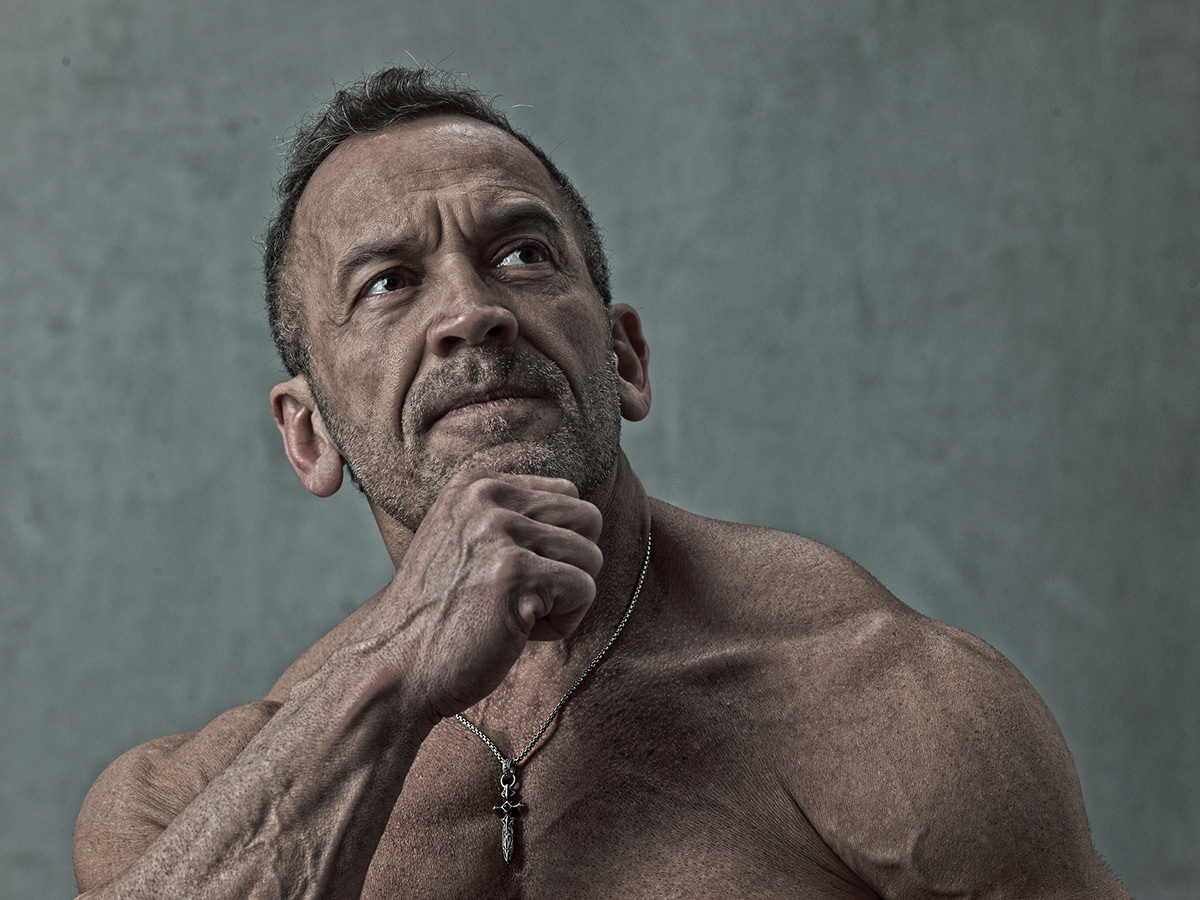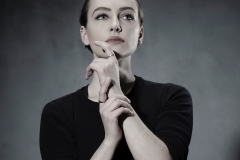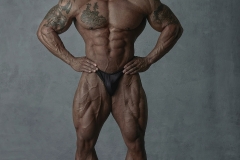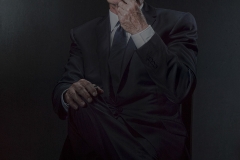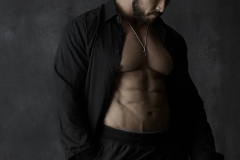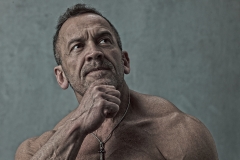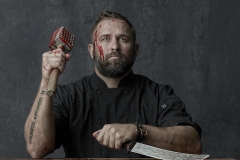Featured Photographer, News, Photographer Profile
Featured Photographer – Jay Rusovich
Jay Rusovich’s strikingly expressive and sculptural portraits are instantly evocative. This month we get a look into his creative process and workflow as he answers our 12 “Featured Photographer” questions.
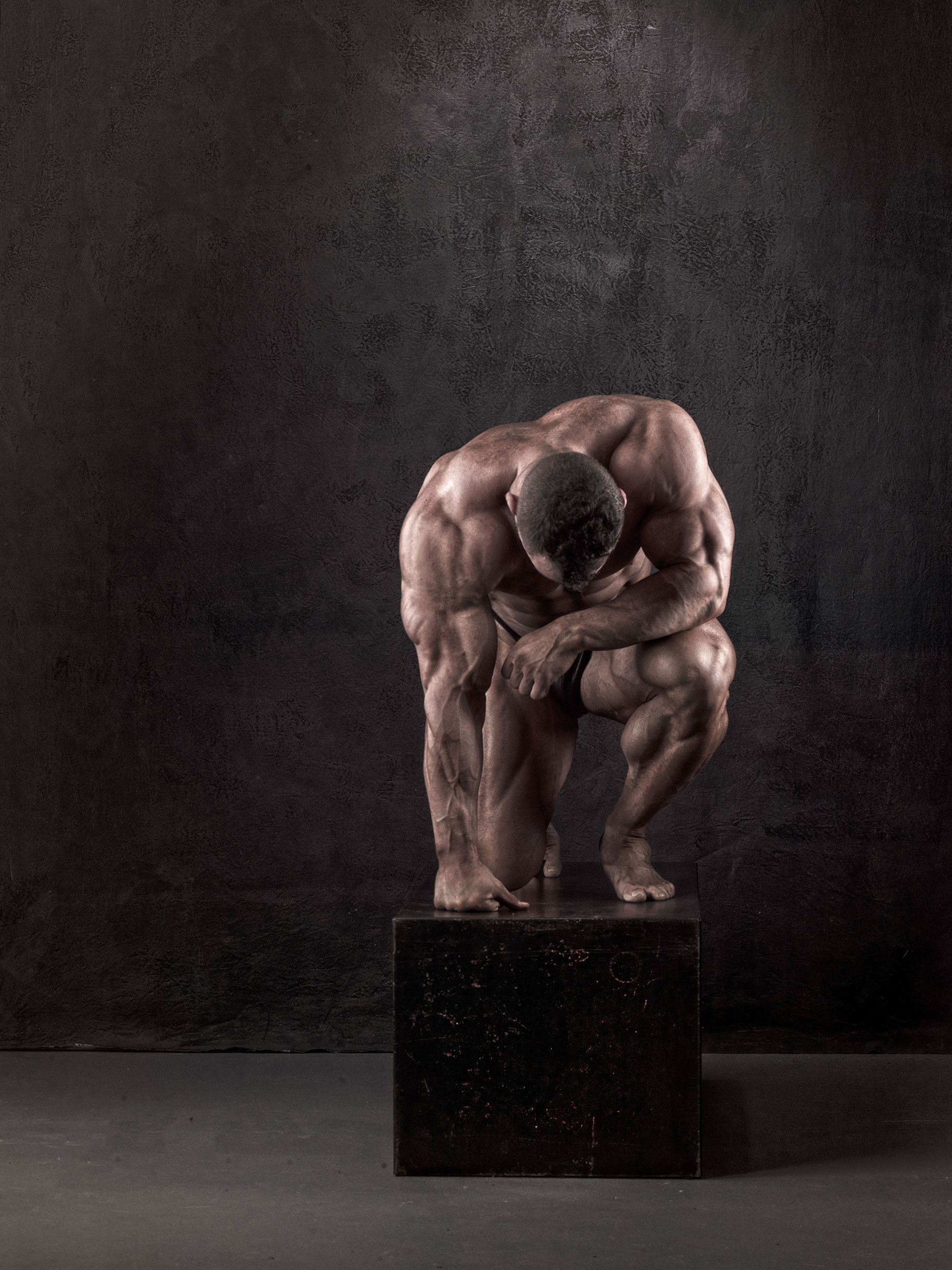
Describe your approach to photography— What makes your work unique? What makes a good image?
I approach all of my shoots with a very general idea of what I want to accomplish. It’s a rough sketch that usually changes once I get onto the set and my interactions’ with the subject shift its tenor and direction. Face to face conversations always influence where my work will go. In this sense, it’s collaborative, which may also make it unique: The melding of sensibilities, coupled with a lot of hands-on professional experience. If what comes out of it communicates what I intended, it’s a successful shoot, and therefore, a good image. I’d add that my work in different areas of the world helped me put the pieces together of what makes a great portrait. If I were photographing, say, a priest in North East Africa, I would have to take into consideration the environment in order to bring drama portrait. This early work affected the work I now do in the studio. All of those experiences determine who we eventually become as photographers.
What inspires you? Who are your influences?
For the most part, I’m inspired by my interactions with other people. I need the stimulation. If I don’t get enough of it I stop shooting for a while until something moves me. I guess you could say that I channel my emotions through the lens, kind of like talking to a psychotherapist. As for the influence of other photographers, I have always loved the works of George Hurrell, Robert Mapplethorpe, Irving Penn, Helmut Newton, and a few others. I love studied work over through the lens photojournalism style so popular with museum curators. But it’s all a matter of taste.
What was your first camera?
My first pro camera a Canon AE1.
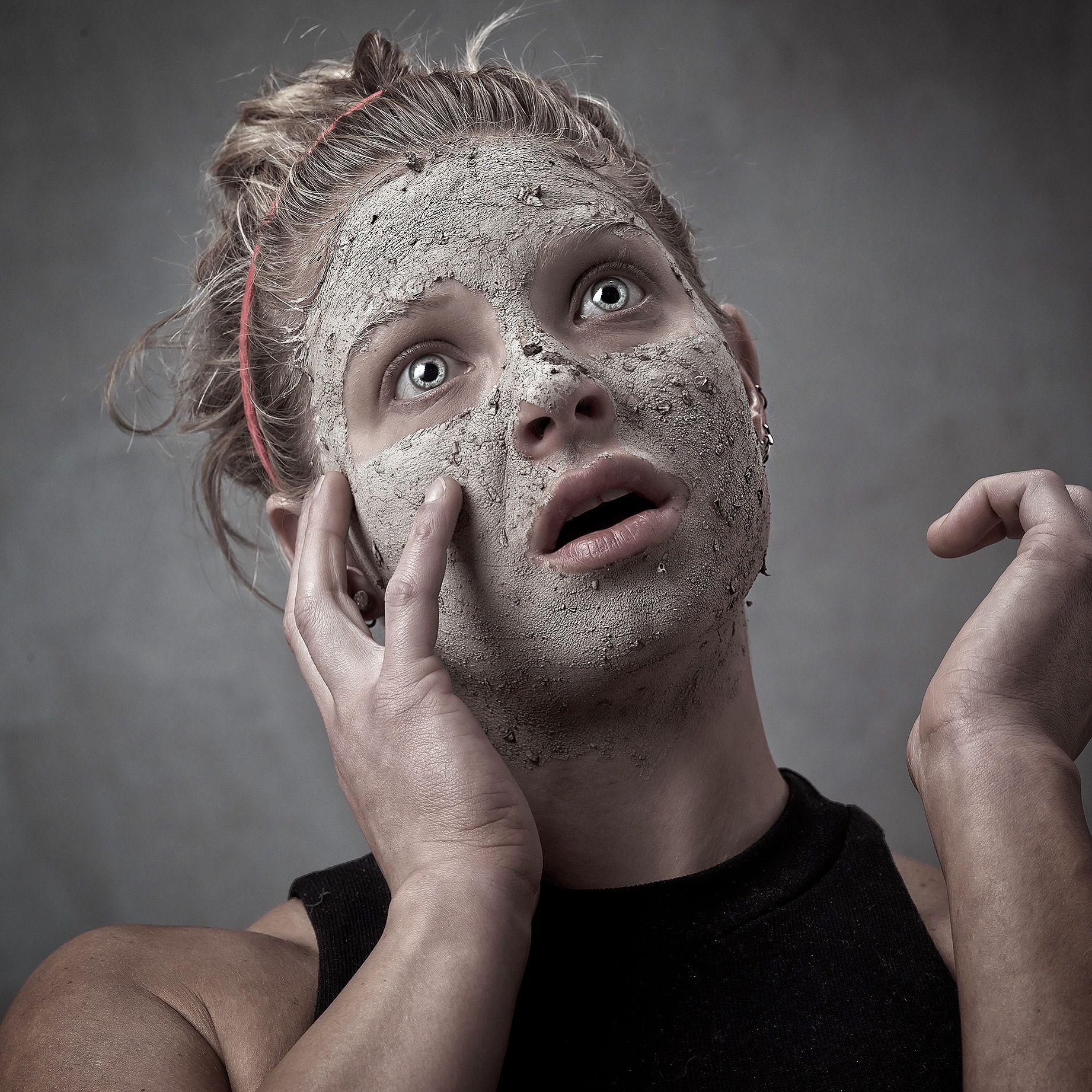
Can you think of the first time you realized the camera you owned was holding you back?
Early on in my career I switched from 35 mm to medium format. For one thing, it set me apart from my competition as most of them were using Nikon and Canon 35mm cameras. My clients liked viewing the larger filmstrips that could be enlarged without distortion for client symposiums and exhibitions. All of my professional work was shot with Hasselblad 500 series cameras and Mamiya rz67 pro II’s. They were slow and cumbersome, but the results were magnificent. Fast-forward to today, I held off shooting digital because the early cameras rendered images that appeared flat and, well, digital. Then Phase One came along and I realized I could now take advantage of the latest digital technology without sacrificing quality. It was an easy transition.
What’s a photography-related purchasing decision or experience that you regret?
None. I bought the very best that Phase One and Profoto had to offer and never looked back. The same philosophy applies to shoes, jackets and kitchen knives, by the way.
How did you make the transition to professional photography, and how did making a living from photography impact your style of shooting?
I started my career as an actor in NYC and soon became disenchanted with my complete lack of control over where things were going. So I had this Canon camera and started taking natural light headshots of other actors who were in school with me. I have never taken a photography course, or interned with anyone, so I pretty much learned all of it on my own. I just picked up the camera and started shooting. Eventually, I learned about f/stops, shutter speed and the impact of different films on color and grain quality and I was on my way. It also helped that there wasn’t a whole lot of competition back in the early 80’s. There were just a handful of photographers in each major city that controlled 90% or more of the published imagery, as opposed to today where three quarters of any given metropolitan population consider themselves photographers.
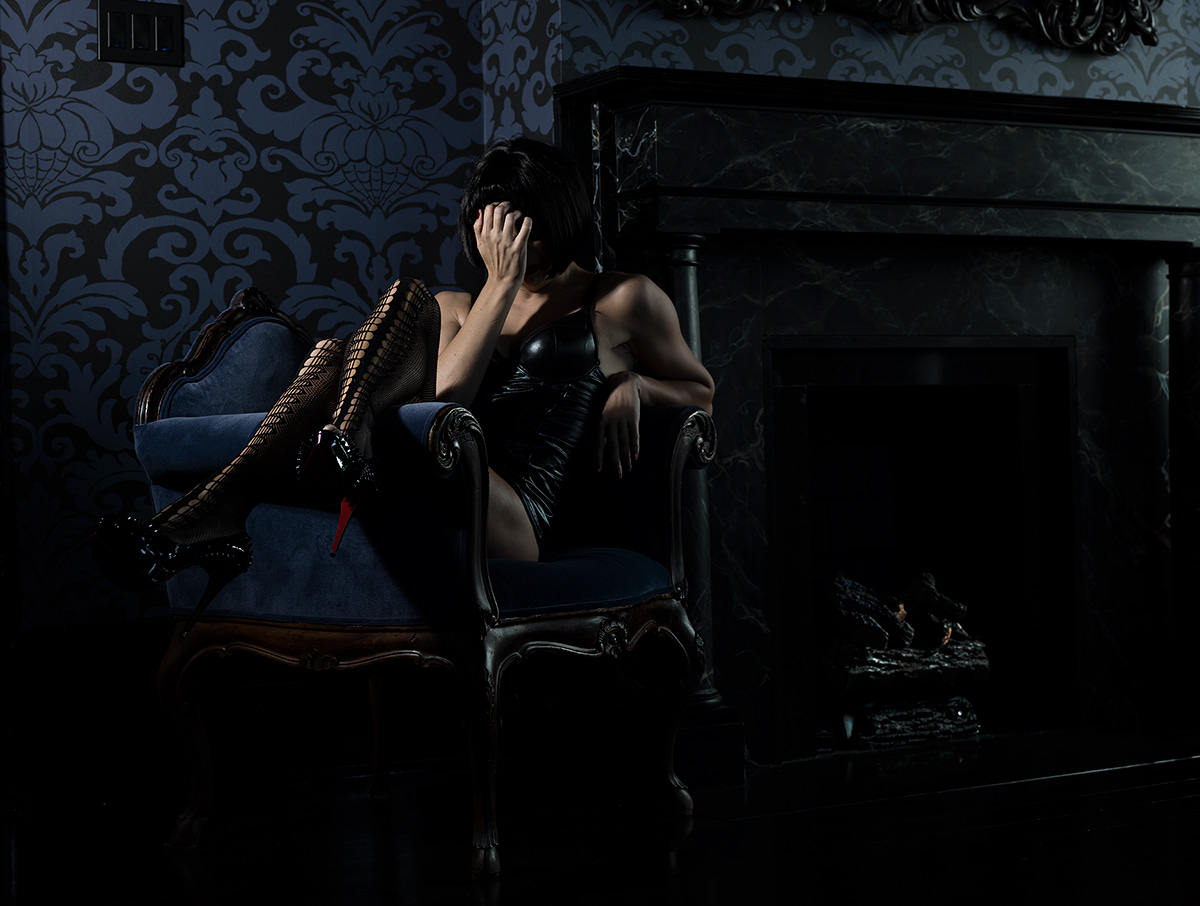
What was your most difficult project?
My job was always challenging because most of the time I had no idea what I was walking into. As someone who worked primarily with the Investor Relations departments of large public companies, I had to travel all over the world with just a few vague shot demands: “Fly to London, shoot one of our executive on private runway 30 kilometers from Gatwick airport, get a few shots of our aircraft, fly back.” That was it. But many of the projects were also in very sketchy parts of the world, like Algeria, where I had an automatic weapon held to my head if I didn’t relinquish my jeans and led Zeppelin CD’s. Seriously.
If you had to do a project using the bare minimum of equipment, what would you bring?
My Phase One XF camera, an 80mm blue ring lens, and a collapsible diffusion screen
What’s the most interesting/surprising/invaluable thing you keep in your equipment bag?
A tactical flashlight.
What’s one thing you wish you knew when you started out?
That you don’t deserve anything you don’t earn the hard way.
Do you have a “Passion Project” that you enjoy working on in your free time?
These days I’m in my home studio for the most part, and my projects relate to either charity galas, or exploring ideas with other people and viewing the work seconds later. There is no one “passion project” because they all are to one degree or another.
What’s your favorite book/movie/album that you’ve experienced recently?
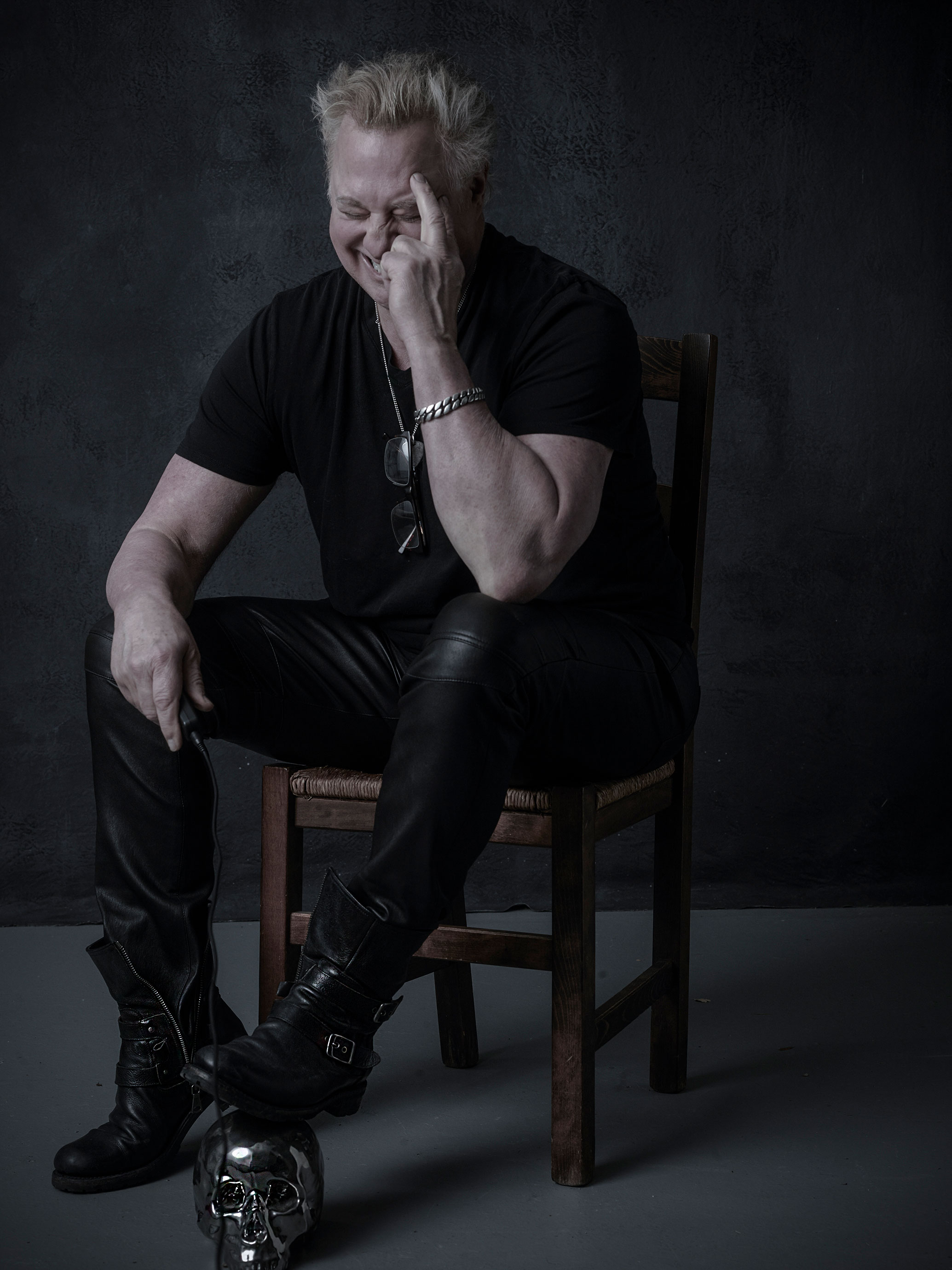
I read the classics mostly, Edgar Allen Poe being at the top of the list. As for movies, I like escapist stuff, so Deadpool comes to mind. I think I’ve watched it 5 times in the past 6 months. I’m also a television fanatic and loved the series, Mindhunter. As for music, I listened to Led Zeppelin 3 during my cardio session yesterday.
See more of Jay’s work at www.jayrusovich.com and www.instagram.com/jrusovich
GALLERY

